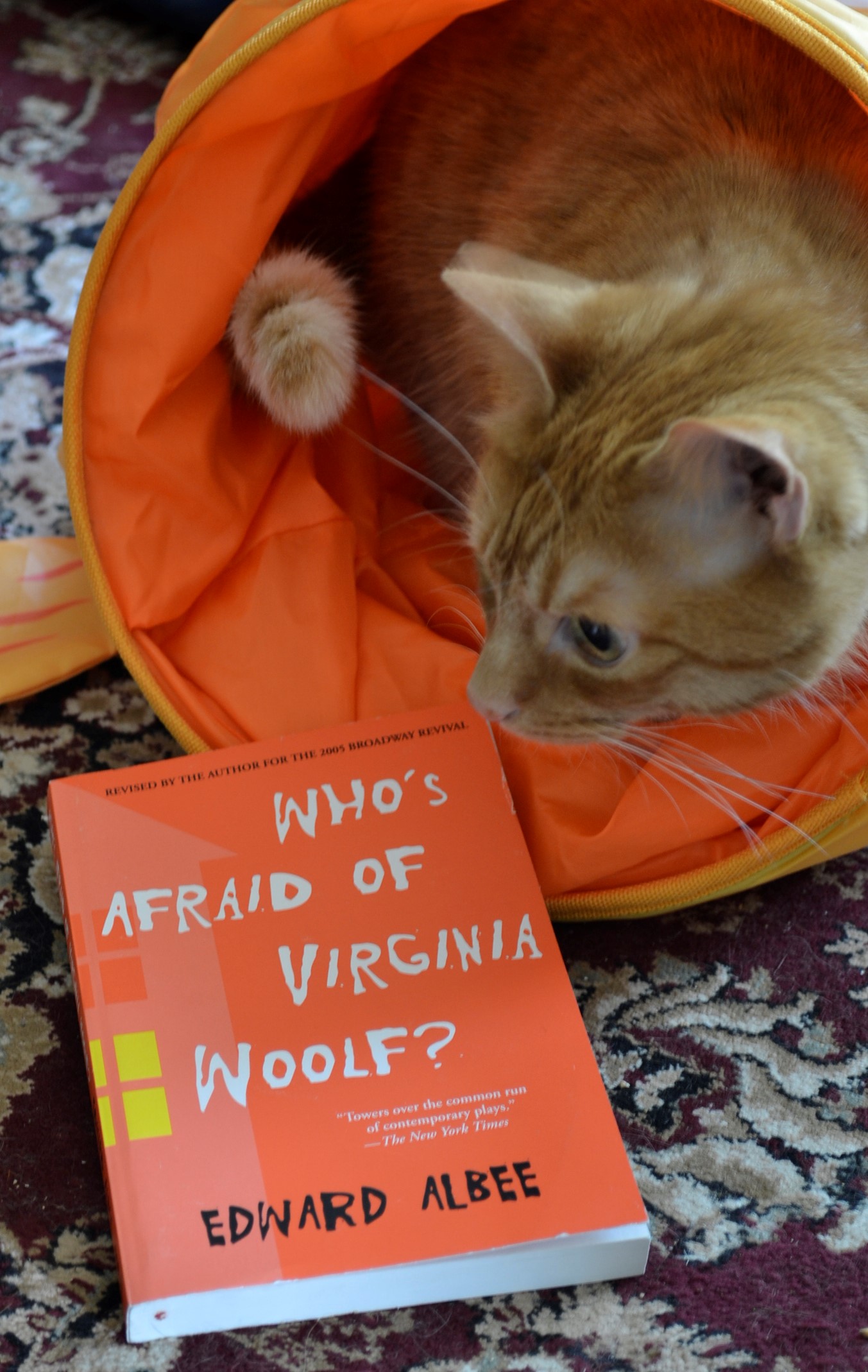All the Way Back to the Start
It feels like a bit of a throwback to be discussing Who’s Afraid of Virginia Woolf? because I mentioned watching the film version for the first time way back in my first post — The Tin Drum. I’ve seen the film several more times since then, and it never really gets old. It’s more than just the stellar performances of Elizabeth Taylor and Richard Burton. It’s the play itself. The tension and the agony embodied in the dialogue and the narrative are so vivid and so compelling that it’s hard to look away.
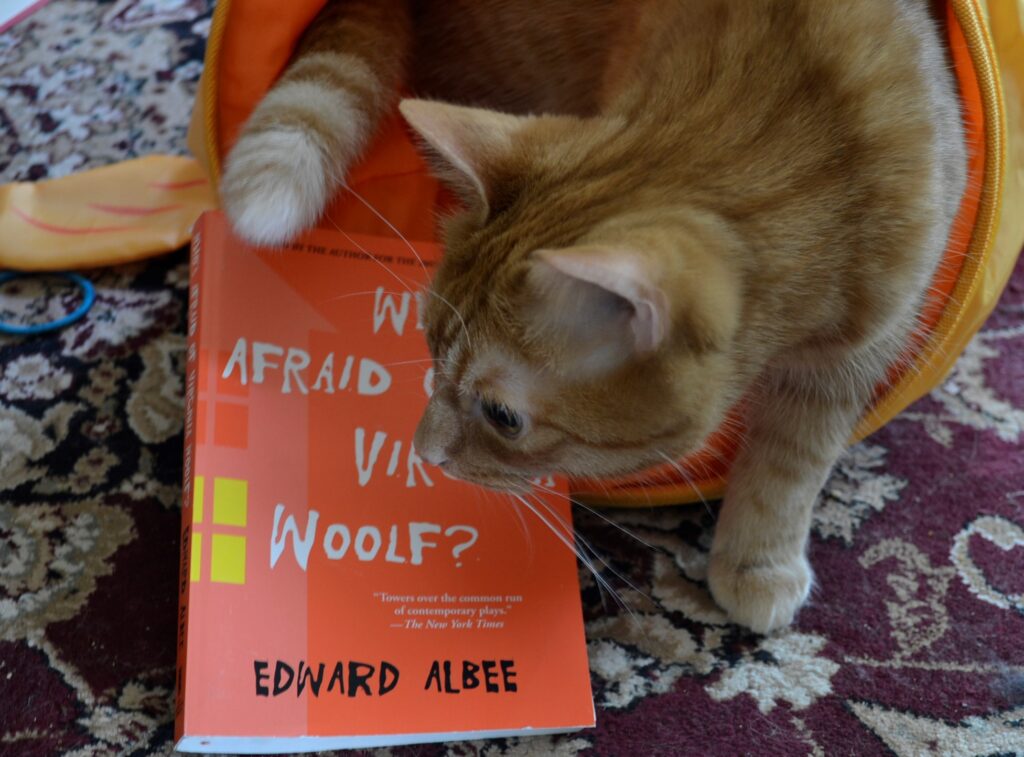
It’s one of the films that has made a lasting impact on how I read and think about literature. It’s even a joke that my lovely spouse and I share, where we bellow at each other from opposite ends of the house. If you haven’t seen the film, I would absolutely recommend it. If you haven’t read or seen the play, well, I would absolutely recommend that as well.
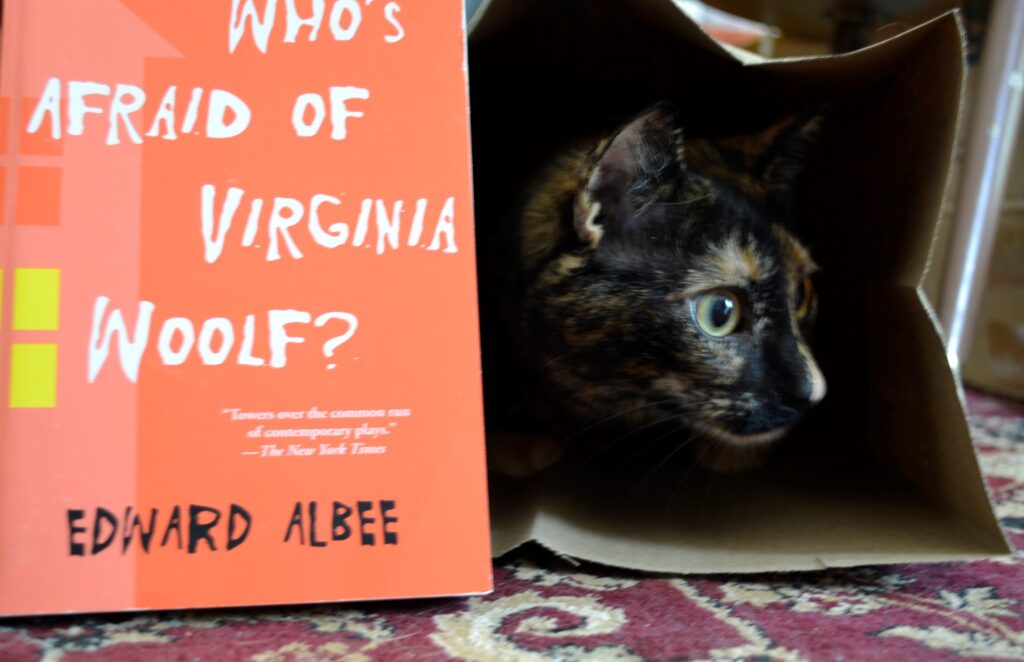
It Gets Stuck in Your Head
So, since I read the play, the song it’s titled after has been stuck in my head on repeat.
Who’s afraid of Virginia Woolf?
Virginia Woolf?
Virginia Woolf?
It opens and closes Albee’s play, though it is a song that he doesn’t directly explain. A joke from a cocktail party that the reader isn’t invited to and only knows about through the aftermath. Martha and George are a husband and wife that bear a fierce resentment towards each other and the life that they are currently leading on the campus of a small New England college. Opportunities have been missed, there are many regrets on both sides, and there is little comfort that they share — except for a son that George doesn’t want mentioned and Martha can’t stop talking about.
Arriving home after a faculty party, the argument begins. During the course of the evening, another couple — Nick and Honey — will become part of the maelstrom as their own broken relationship and regrets are laid bare right alongside George and Martha’s. Albee’s writing is taut and proceeds at a dizzying pace as characters oscillate between anger and despair and attempt to deal with their pasts and the inevitability of their unhappy futures. Once you start reading, it’s very difficult to put the book down.
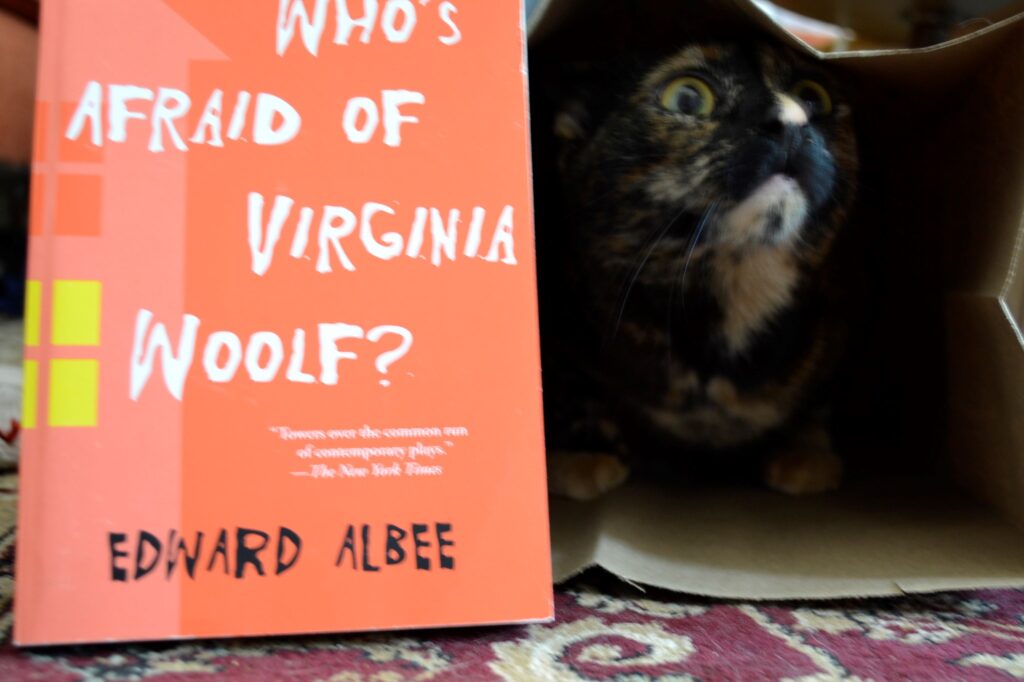
A Tragedy in Three Acts
The play is three acts and at its core is about lost potential and the regrets that follow it. To some extent it is also about the corruption and power dynamics that can flourish in academia. On the surface it might seem like the entire narrative is just George and Martha trying to outdo each other in terms of cruelty, but it’s so much more complicated than that. In essence, they are both struggling with the same reality. That their lives have been wasted and they are horrible and unhappy people. Each are seeking someone to blame and circumstances that would mitigate the monsters they are, but there is no one to blame but themselves and no excuses for their behaviour.
They live in a delusion that is destroying them. Similarly, Nick and Honey are, in effect, George and Martha only many years younger. However, Albee points out that they are on the same trajectory and that when they look at the older couple, they are in fact looking at themselves a couple of decades further down the road.
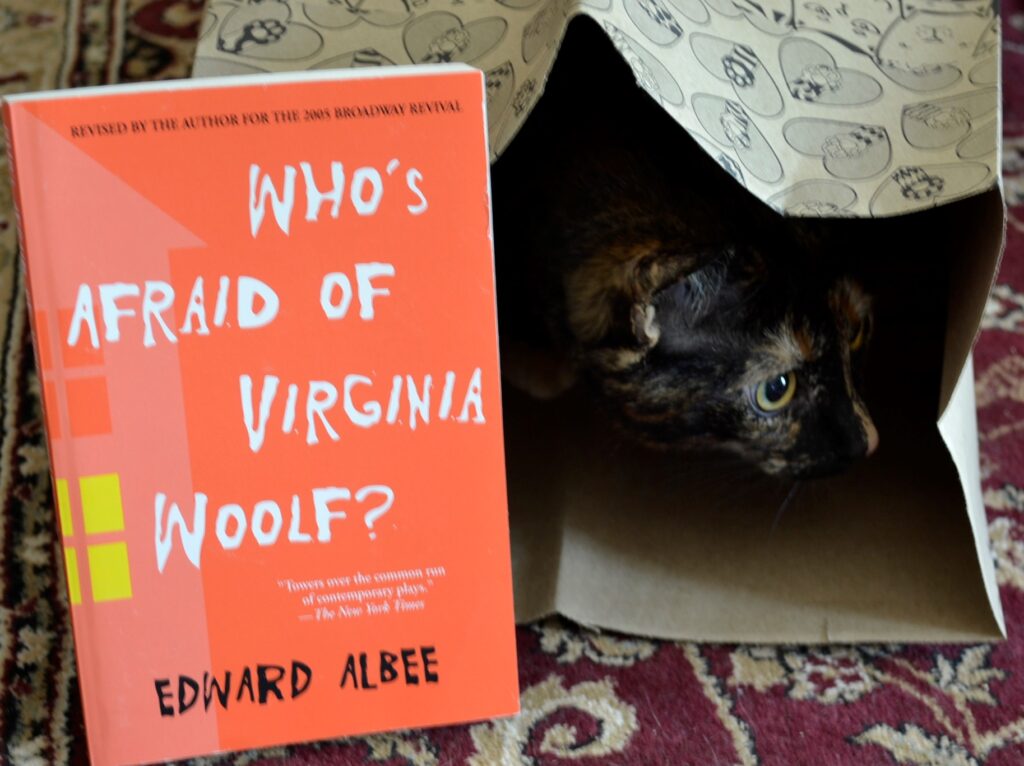
It’s a fast read, but it definitely isn’t a light one. There’s a lot of pain, cruelty, and suffering in this play and Albee does an incredible job of creating an atmosphere of it with perfectly placed lines, words, and symbols.
The Twist
I think it’s safe to say that the twist at the end of Who’s Afraid of Virginia Woolf? Is one of the most legendary ones in literature. I won’t spoil it for you, but I will say that I generally concur with that statement. Albee is a master of building up tension and then twisting it around on itself at the perfect moment.
One of the reasons, I love to read plays is that the dialogue flows so seamlessly and there isn’t any room for a writer to hide in lengthy descriptions or long explanations. It’s a rollercoaster that brings the reader from beginning to end at a dizzying pace and with an impact like no other.
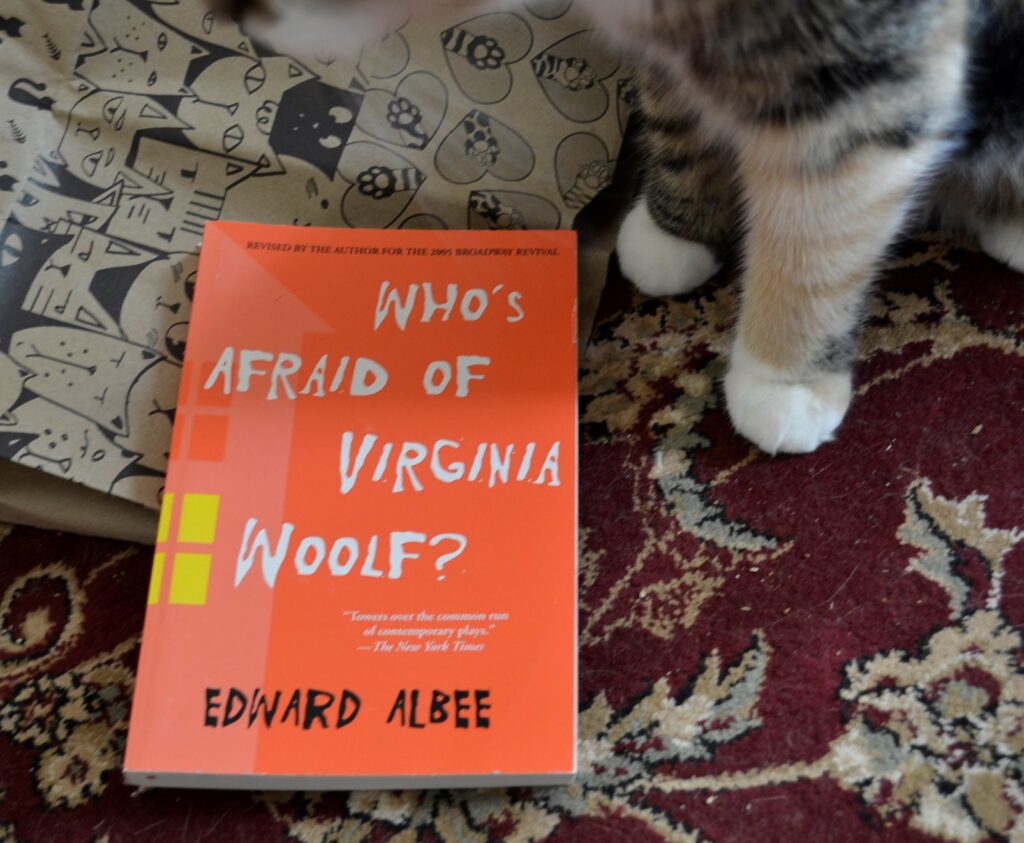
Three Tall Women
Our theatre season in our small town officially ended for us with another of Albee’s plays — Three Tall Women — which I enjoyed a good deal. However, it didn’t quite take the title away from Who’s Afraid of Virginia Woolf? as my favourite of the plays of his that I’ve read. It could be that I’m just too attached to it as also one of my favourite films. Someday I hope to see the play performed. It’s at the top of a mental list I keep of plays that I absolutely have to see. I think it’s pretty predictable that there a lot of Eugene O’Neill on that list and also a lot of Tennessee Williams.
So, until next year, I’ll be dreaming of our trips to the theatre and wondering what next season will hold in store. For now, I’m looking forward to apple picking and the changing colours of fall leaves.
